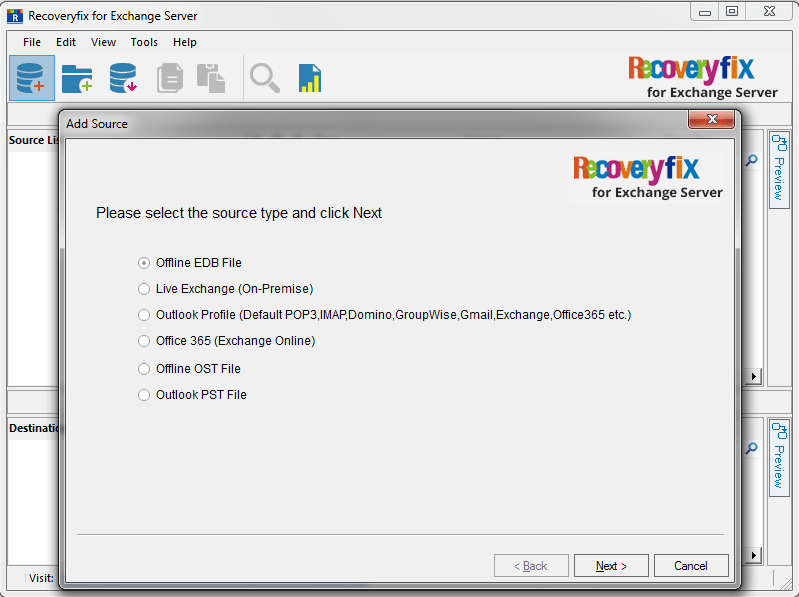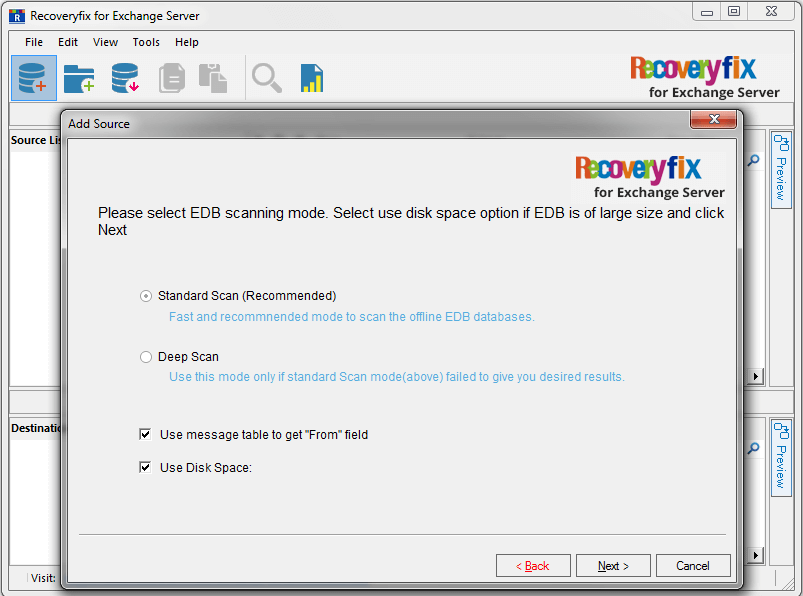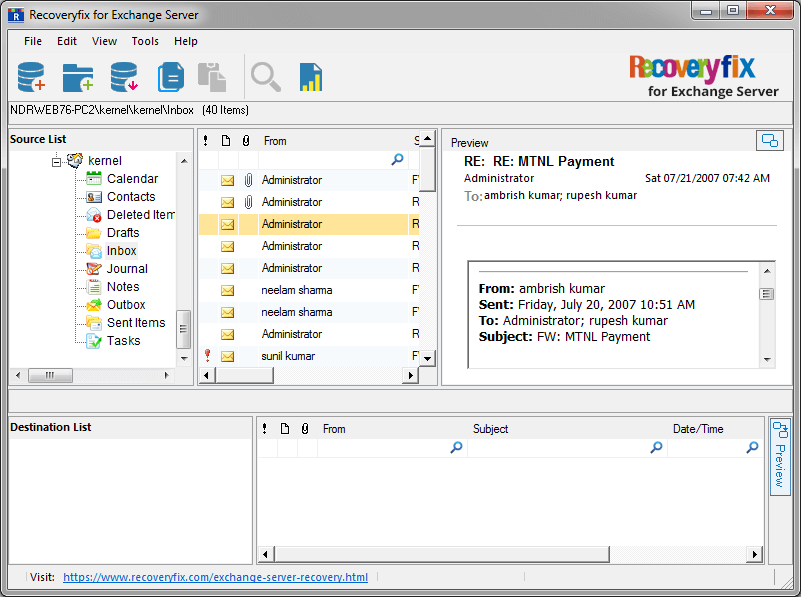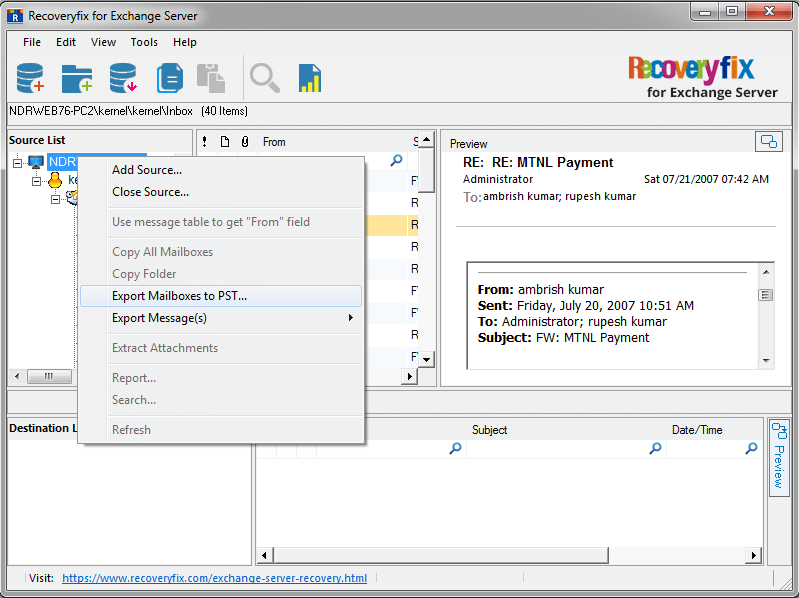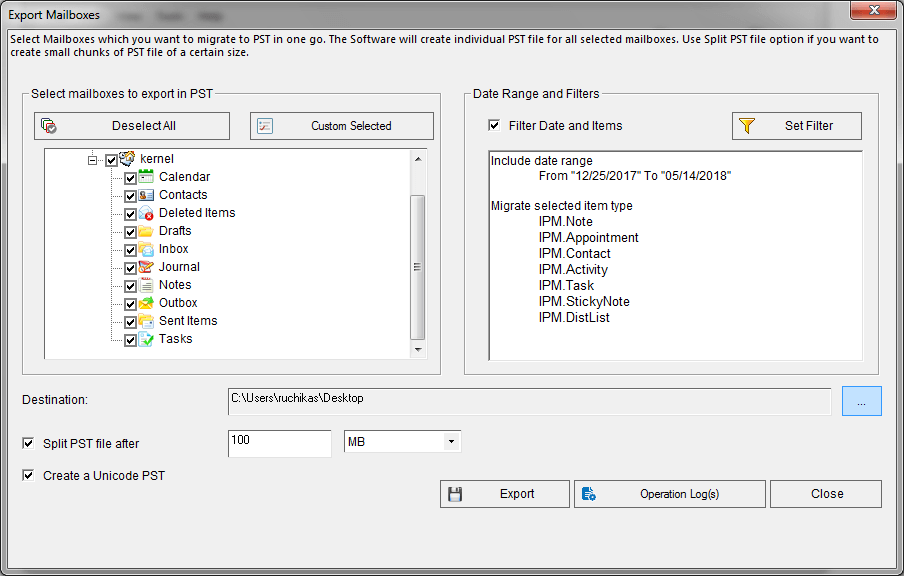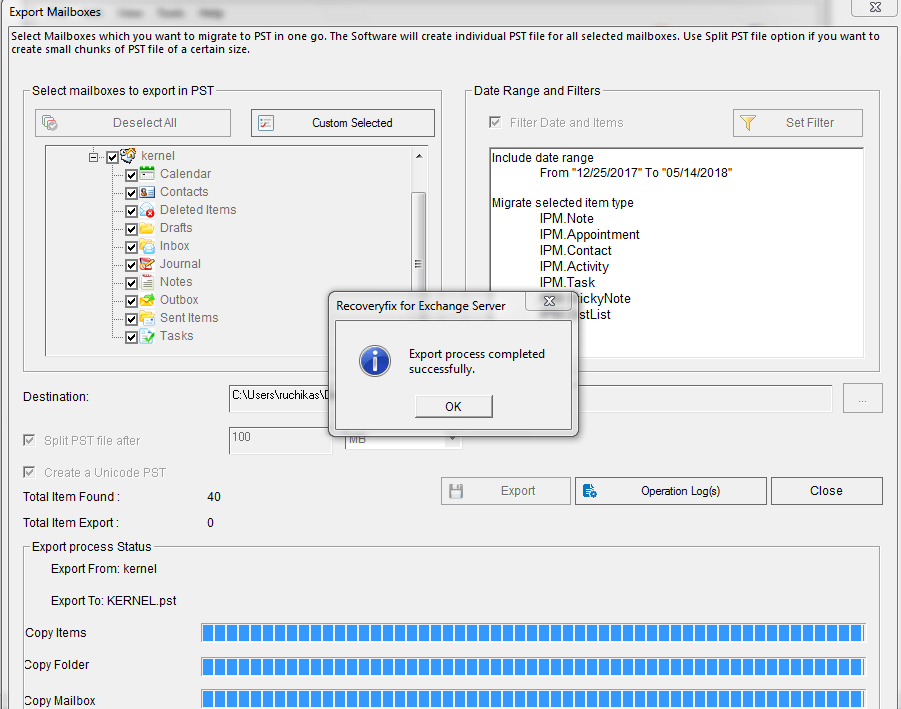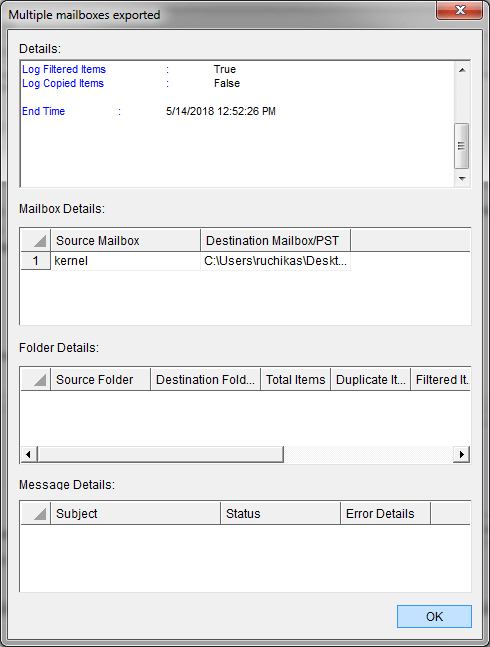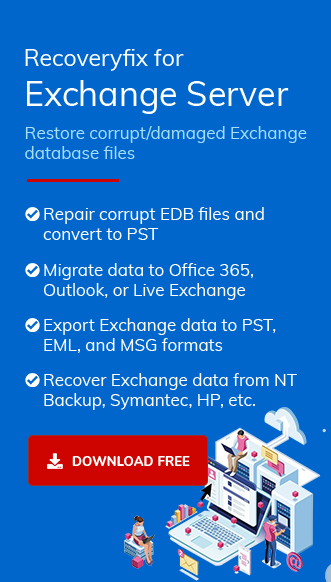Corruption in the Exchange Server database means all your emails are non-accessible now. Your users cannot send emails to their team members or clients, receive their emails, and save their contacts. It means loss of communication, loss of productivity, and loss of business. You cannot go ahead until you fix the issue and retrieve the whole data saved in the database.
Exchange Database Corruptions Types
Without going too deep into the issue, you can categorize the Exchange database corruption in two broad categories – Logical and Physical. Both are the primary type of corruptions which Exchange Server may encounter.
Types of exchange database corruption
There are two types of exchange database corruption:-
- Logical corruption
- Physical corruption
Logical Corruption
Basically known for information deterioration or integrity lapse in the system, it can originate from software glitches, grid failures or improper system shutdowns, leading to probable data irregularity.
The occurrence of logical corruption can happen at discrete levels, and it is quite complex to find out the specific level in which it took place. At the database level, you may have invalid index entries or cross-object chain linkage due to database engine failure. Also, you may encounter corruption in the database file header.
Physical Corruption
It is identified as the loss or degradation of hardware components or storage devices due to tangible factors, such as disk malfunctions, electronic failures, or environmental damage. This form of corruption involves actual harm to the physical structure of the storage medium, requiring specialized hardware repair, recovery services or data redemption from backups for resolution.
The cases of Physical corruption are utterly considered critical. Though in the matter of Physical corruption, it requires the involvement of data recovery experts to examine the corrupt or damaged Exchange database, specifically Sever/Database repair & recovery specialists. We’ll talk about who you can call for the repair & recovery a bit later in this article below.
What to do?
So, what are your options in cases like above? Well, like we discussed if it is the scene of Physical corruption the touch of a repair & recovery specialist becomes necessary. But what can you do if the Exchange Server database is suffering through Logical corruption?
Addressing logical corruption in databases
There could be tons of reasons for the existence of Logical corruption, as it is quite not straight to predict the exact reason behind because every reason for corruption is very specific, though Logical corruption can take place any time. Application malfunction, Unexpected database shutdown, Virus & Malware attacks, and other possible things are the reason abaft the Logical corruption.
At some extent, it is challenging to source out the problem which later turns out as frustration & the task becomes time taking for the absolute prevention.
Strategies for repairing corrupt exchange database by using Eseutil Utility
A database is a document which consists of Tables and record, though in cases of corruption to rectify the file integrity and verify the file structure, Eseutil utility comes handy. It allows overcoming integrity issues that are related to the information store and the directory. Repairing a corrupt exchange database using the isinteg utility involves a series of steps to identify and fix issues with the database. Here’s a comprehensive guide:-
Backup your exchange database: – Before initiating any repair process, it is crucial to create a backup of your exchange database to prevent data loss in case of unexpected issues during the repair.
Repair Corrupt Exchange Database using the ISinteg Utility
Isinteg is an abbreviation for Information Store Integrity Checker. The workability of this built-in utility is comprehensive. It scans the Exchange server database to amend those errors causing severe problems while logging in of the user to the Exchange Server Database. The utility runs checks over the public and private information store databases. Also, the utility runs checks for tasks like data acquiring, file opening and removing specific emails, etc.
Isinteg utility turns out to be a savior in various horrible recovery situations, for example, System Crash and creates log information in the event viewer, logging about the whole recovery process in detail, though with the help of logs you can track the reason and be ready in advance from future Logical corruption or damage issues.
Can you take advance prevention measures to avoid the occurrence of Software/Lite corruption?
Yes, it is possible. You can act towards the software corruption issues and avoid the chances of occurrence in advance. Inversely, it will save you a lot of time from putting your brains out in sorting the problem and avoid any possible risks of corruption. Below are the recommended steps to prevent the corruption in advance:
Make sure to mark your system safe from a variety of Malware & Virus attacks and confirm there is no modification in the configuration.
For business enterprises, Corporate & Non-corporate personnel, it is recommended to have the latest service pack of Microsoft Exchange Server installed on your system. These current service pack builds bring all the bug fixes and performance enhancements. Also, the service pack helps in sorting trivial issues faced while using MS Exchange Server.
What to do when Eseutil & ISinteg didn’t work?
In the situation when you’ve tried both the Eseutil & Isinteg utilities as per the respective call, but none of it worked, and this is when any furthermore interaction with the corrupt exchange database would lead to disastrous aftermath.
Opting for a professional tool of the same genre would be the best option and is the best guidance. Recoveryfix for Exchange Server Recovery is an advanced & professional software which can save you from the corruption fiasco.
The tool provides a diversity of features to convert edb file to pst, backup, export, etc. And you do not worry if you’re still using an older version of Exchange Server because the tool offers wide support for different Exchange Server release like Exchange Server 2000, 2003, 2010, 2013, 2016 & 2019, the latest version.
Tool Process – RecoveryFix for Exchange Server Recovery
To recover corrupt EDB files with Recoveryfix Exchange Server, follow the below steps:
- Download and install Recoveryfix for Exchange Server Recovery on your system.
- On launching the tool, the welcome window will ask to select a source.
- Select Offline EDB as a source and click Next. Click the Browse button and select the specific EDB file.
- Select the specific scanning method for the corrupt EDB file. There are two scanning methods available with the tool, i.e., Standard and Deep Scan.
- After the scanning process is complete, the EDB file will be added to the tool. You can view all its folders in the left pane of the tool.
- Now, to export EDB file items to PST, right-click on the EDB root directory and select Export Mailboxes to PST.
- On clicking Export Mailboxes to PST, the following wizard will appear on the screen. Here, you can choose the specific folders that you want to Export, apply specific filters to the mailboxes, split PST file according to your requirements, etc. Then select a location to save the PST file and click Export.
- The export process will take some time depending upon the size of mailboxes. Once it is complete, the following notification will appear on the screen: Click OK.
- The detailed summary of the export process will be displayed in a wizard. Click OK to end the process.
Note: If you don’t know the location of the EDB file, you can find all the EDB files in your system using the Search option.
Note: You can preview the content of every EDB folder by clicking the specific folder.
Conclusion
The manual tools of ESEUTIL and ISINTEG are useful to remove minor corruptions, both at physical and logical levels. But they will not remove severe corruption, instead may further delete the non-corrupt data. As you do not want to complicate the situation, you should use Recoveryfix for Exchange Server to recover your business data. It’s a total win-win situation for you as you will retrieve the data and save it in the desired format instantly.
Read Related Blog


